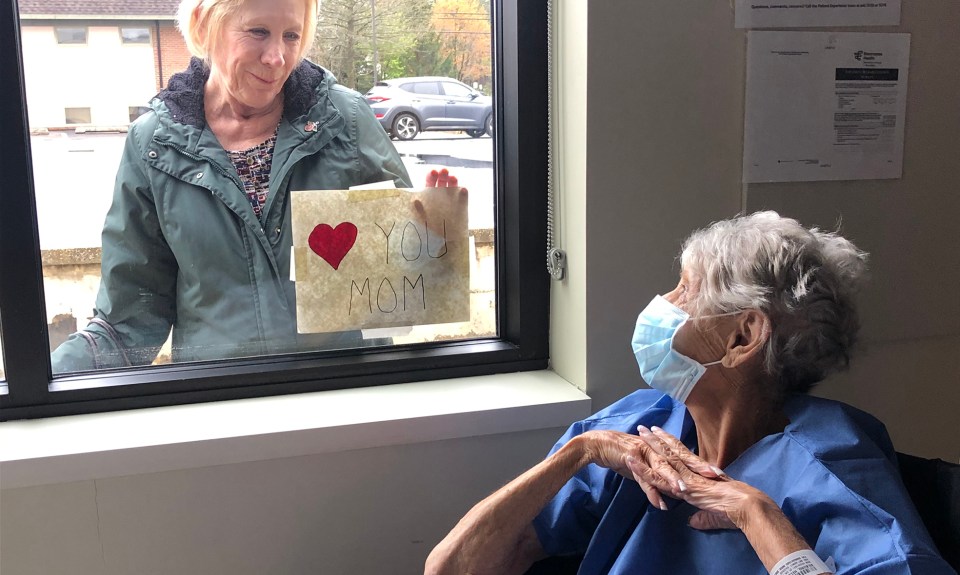Encompass Health’s insurance premium rebate program rewards hospitals for meeting annual safety goals.
Patient safety programs start strong, but often lose momentum over time.
One way Lynne Lee and her risk management team at Encompass Health keep those programs top of mind is by making safety pay.
Five years ago, Encompass Health started an insurance premium rebate program centered around employee and patient safety.
Lee and her team come together once a year to evaluate programs and processes they want to focus on that calendar year. If a hospital meets the criteria they set, it will be rewarded in the form of an insurance premium rebate.
“We come up with these five criteria, and they get 1 percent off for each one they meet,” said Lee, Encompass Health’s vice president of risk management. “The hospitals can potentially get a 5 percent rebate.”
The risk rebate program started in 2014, at the suggestion of Troy DeDecker, then a hospital CEO and now president of the company’s central region.
He’s worked in other acute care systems that had success with similar programs. Not only did the rebate encourage hospitals to meet specific safety criteria, but it also promoted awareness year-round.
“We found it effective in improving patient and employee safety,” DeDecker said. “We’ve also found that it’s a great way to increase awareness and the importance of these safety processes Lynne and her team put in place. They are really important but hard to tie into improved outcomes.”
Troy said he use the rebate program as a way to monitor adoption of safety policies and programs that Lynne’s team sets each year. “If we’re getting good adoption of these, they’ll lead to good outcomes,” Troy said.
How are the criteria for the program determined?
Depending on risk management’s focus, the criteria change each year, though Lee said they have repeated some in the past that they want to continue to draw attention to.
She said criteria could be as simple as requiring employees to watch a safety video and take a test, to documenting meeting minutes for specific patient safety programs.
The criteria are split between two of the company’s lines of insurance, so one year, three criteria will address hospital professional liability insurance, and the other two will address workers’ compensation insurance. Then next year, Lee said, they’ll flip it.
The following are a few examples of criteria set in the past:
- Watch and complete a test on distracted driving for applicable employees
- Violence prevention training for all employees
- Participate in an employee safety event for Encompass Health’s Employee Safety Week
- Submit minutes from Encompass Health’s safe mobility program, STOP
“Most of the criteria are pretty simple and don’t cost any money, but they keep these programs fresh in their minds,” Lee said. “We also encourage hospitals to share what they’re doing. One year, that was even one of the criteria. We had them submit a process improvement article to our newsletter.”
How are hospitals and employees informed of the patient safety criteria?
The risk rebate criteria are announced in Risk Byte, the company’s quarterly newsletter for hospital and regional directors of quality and risk and associated leadership boards. The Home Office team also discusses the criteria during regional calls with those same groups.
Since implementing the risk rebate program in 2014, Lee said many regional presidents require their hospitals to meet all five criteria, not just for the rebate, but because they are related to processes designed to keep patients and employees safe.
Last year, DeDecker’s region had 100 percent completion of all criteria, giving all his hospitals a 5 percent rebate. He requires his hospitals to submit monthly reports on their progress toward meeting the risk rebate criteria.
The content of this site is for informational purposes only and should not be taken as professional medical advice. Always seek the advice of your physician or other qualified healthcare provider with any questions you may have regarding any medical conditions or treatments.


